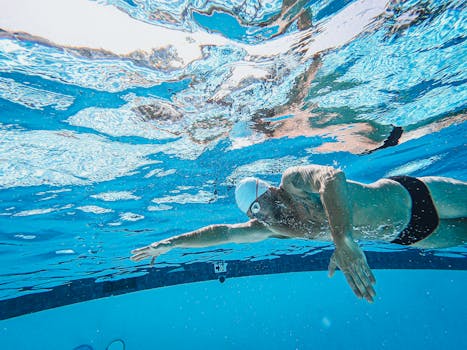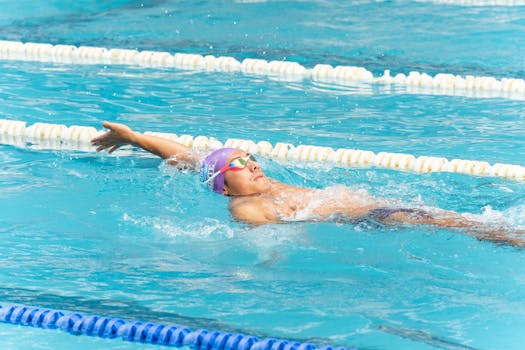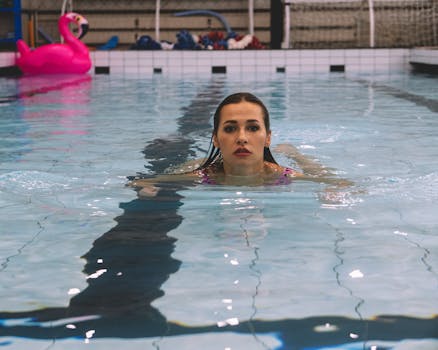
Swim Your Way to Fitness: Full-Body Cardio Workouts with Minimal Joint Impact
Takeaways: Swimming is an excellent way to achieve a full-body workout while minimizing stress on your joints. Regular swimming sessions can enhance cardiovascular health, build strength, and improve flexibility, making it an ideal exercise for all fitness levels.
Swimming is not just a refreshing summer activity; it is one of the most effective forms of exercise available, offering a full-body workout with minimal joint impact. Whether you’re a seasoned swimmer or just starting, incorporating swimming into your fitness routine can provide numerous health benefits and help you achieve your fitness goals.
The Benefits of Swimming Workouts

- Low-Impact Exercise: Unlike running or high-impact workouts, swimming allows you to engage in physical activity without putting excessive strain on your joints. The buoyancy of water supports your body, reducing the risk of injury and making it suitable for people of all ages and fitness levels.
- Full-Body Workout: Swimming engages multiple muscle groups simultaneously, including the arms, legs, core, and back. This comprehensive workout helps to build strength and endurance while toning your body.
- Cardiovascular Benefits: Swimming is an excellent cardiovascular exercise that can improve heart health, increase lung capacity, and enhance overall stamina. Regular swimming sessions can lead to better circulation and a lower resting heart rate.
- Stress Relief: The rhythmic nature of swimming can be meditative, helping to reduce stress and anxiety. Water has a calming effect, making it a great way to unwind after a long day.
- Flexibility and Range of Motion: The movements involved in swimming promote flexibility and improve joint mobility. This can be particularly beneficial for individuals with arthritis or other joint-related conditions.
Effective Swimming Workouts

1. Interval Training
Interval training involves alternating between high-intensity sprints and recovery periods. For example, swim one lap at maximum effort, followed by one lap at a slow pace. Repeat this cycle for 20-30 minutes. This technique helps to boost cardiovascular fitness and burn calories efficiently.
2. Endurance Swimming
Endurance swimming focuses on maintaining a steady pace for an extended period. Start with a distance that challenges you, such as 500 meters, and gradually increase it as your fitness improves. This routine enhances stamina and builds aerobic capacity.
3. Drills for Technique Improvement
Focusing on swimming drills can help improve your technique and efficiency in the water. Some common drills include:
- Catch-Up Drill: This drill involves taking one arm stroke at a time while the other arm remains extended in front, promoting better timing and body position.
- Bilateral Breathing: Practice breathing on both sides during freestyle to improve balance and symmetry in your stroke.
- Kickboard Drills: Using a kickboard allows you to isolate your legs and work on your kicking technique.
4. Aqua Aerobics
Aqua aerobics classes combine swimming with aerobic exercises for a fun, social workout. These classes often include music and are led by an instructor, making them an enjoyable way to stay active.
Tips for Incorporating Swimming into Your Fitness Routine

- Set Goals: Determine what you want to achieve with your swimming workouts, whether it’s weight loss, improved endurance, or overall fitness.
- Consistency is Key: Aim to swim at least 2-3 times a week to see significant improvements in your fitness level.
- Join a Swim Group: Consider joining a local swim club or group for motivation, social interaction, and tips from experienced swimmers.
- Listen to Your Body: Pay attention to how your body feels while swimming. If you experience pain or discomfort, adjust your technique or take a break as needed.
Conclusion








